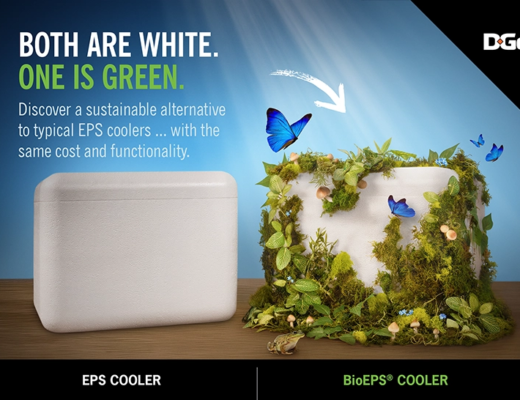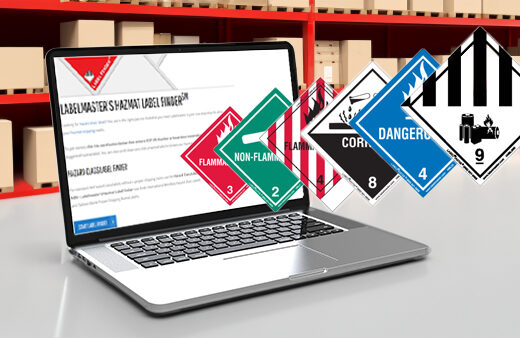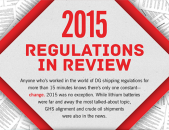On Monday December 7th, 2015, the Federal Motor Carrier Safety Administration (FMCSA) posted example copies of the revised Medical Examination Report Form (MCSA-5875) and Medical Examiner’s Certificate (MCSA-5876) on the FMCSA website. See below: https://www.fmcsa.dot.gov/medical/driver-medical-requirements/medical-applications-and-forms The FMCSA mandated use of the new forms in a Final Rule amending the FMCSR published in the Federal Register…
-
Introducing Greif Drums: The Smarter, Stronger, and More Sustainable Solution for Hazardous Material Storage
-
Embracing Sustainability in DG Packaging: A Path Forward
-
Have a hazmat question? Have a phone? Call our DG Regulations Hotline!
-
Label Finder Updates Include International Shipping Options
-
Want more large-format lithium battery packaging options? We’ve got good news.
Latest Posts
New FMCSA Medical Examination Forms Released
Hoverboards, this season’s hot holiday gift, banned from airline transport
While many Americans focus on holiday activity and the shopping often attendant to that, one product that might be on people’s “get list” looks like it may run into logistics trouble arriving under the tree. On Thursday, December 10th US media outlets like The Washington Post and CNN reported that major US airlines including United,…
Guest Blog: Workplace and transport labeling: Communication cures the confusion
Guest blogger Chandra Deeds Gioiello helps clients across the globe navigate regulations with Industrial Health & Safety Consultants, Inc. She is a registered Safety Data Sheet and Label Author and a Certified Industrial Hygienist, specializing in international hazard communication regulations. I have written Safety Data Sheets for employers throughout the world. I’ve classified mixtures according…
For the first time in 25 years, OSHA fines will increase dramatically in 2016
On November 2, 2015, the Bipartisan Budget Act of 2015 (H.R. 1314) was signed by President Obama, ensuring that the federal government will have a budget in place for the next two years. Great news for anyone concerned that budget woes could result in a government shutdown—bad news for OSHA violators at risk for citations.…
Dangerous Goods Report | Vol. 4
From lithium batteries to GHS to crude oil by rail, 2015 was one eventful year in the world of Dangerous Goods shipping regulations. Manufacturers, shippers, carriers and consultants alike have been working overtime just to keep up. This issue of the Dangerous Goods Report reviews the impact of DG regulations over the past year—and looks…
2018 Rail PTC Extension rolls through Congress
Congress acted to avert confusion and delay on the nation’s rail infrastructure on Wednesday October 28th, 2015 by passing an extension to what had been a looming December 31st, 2015 deadline for railroads to fully implement Positive Train Control, or PTC, control systems on their networks. PTC is a control system that uses Global Positioning…
Lithium battery packaging strives to reduce fire risks
“Striving to better, oft we mar what’s well.” King Lear – William Shakespeare Or to put it in the modern vernacular, “The perfect is the enemy of the good.” This is the aphorism that came to mind during my presentation of a new and novel Labelmaster packaging solution at a mini-symposium of lithium battery packaging…
FAA to develop task force addressing drone registrations
Drone operators in the U.S. are going to be impacted by some big regulatory changes in the near future. Drones, referred to as unmanned aircraft systems (UAS), currently are not to be operated within 5 miles of an airport without notifying the airport operator/control tower, and are limited to an altitude of 400 feet. The…
D.O.T. moves to ban e-Cigs in checked bags
On October 26, 2015, the U.S. Department of Transportation (DOT) Pipeline and Hazardous Materials Safety Administration (PHMSA) issued an interim final rule banning passengers and crew from storing electronic cigarettes (e-cigarettes) and other battery-powered electronic smoking devices in checked bags on passenger airlines. This final ruling will be effective seven days after the upcoming posting…
Infographic | 2015 Regulations in Review
Emergency orders and advisories? Check. Airlines making their own rules? Check. Congress playing politics with key deadlines? No surprise to anyone who’s worked in the world of DG shipping regulations for more than 15 minutes. We know there’s only one constant—change. Download a printable PDF of the Infographic | 2015 Regulations in Review…



















